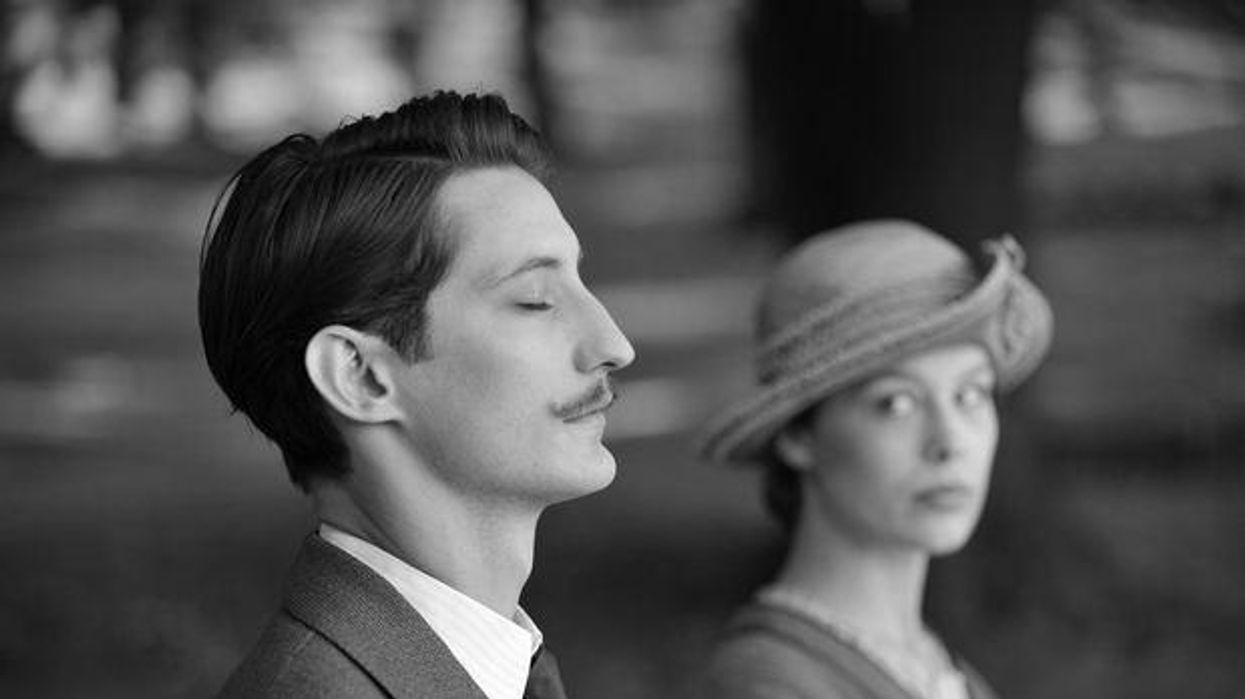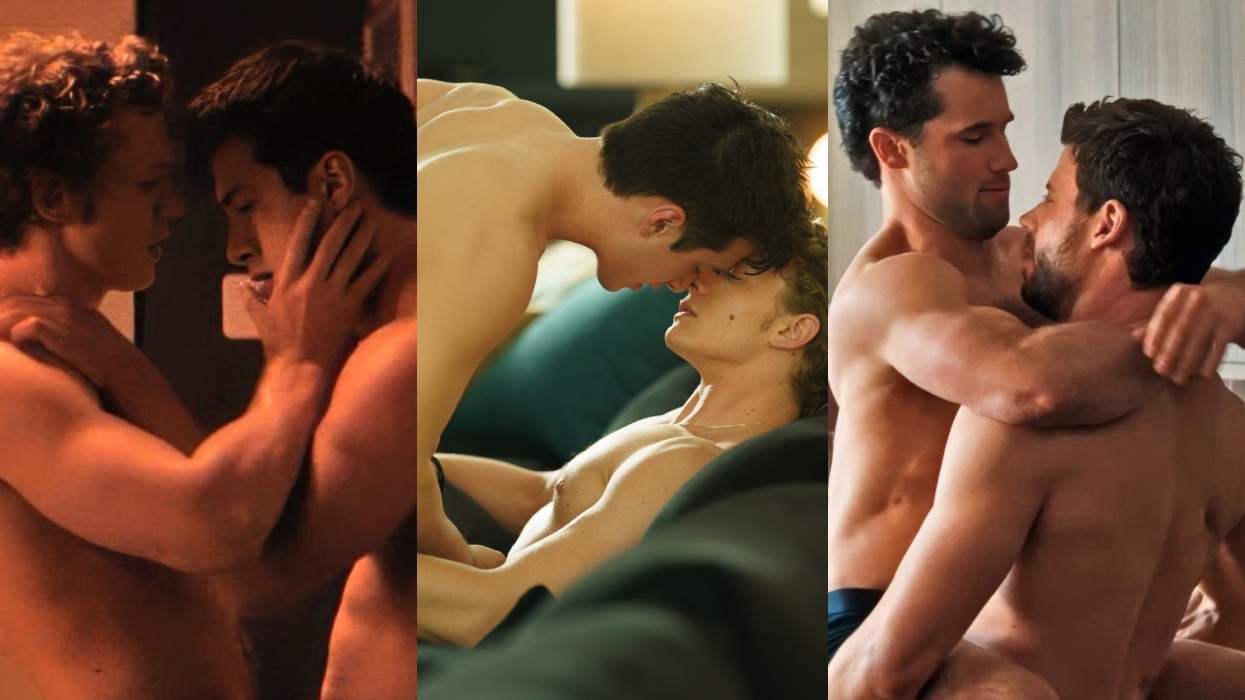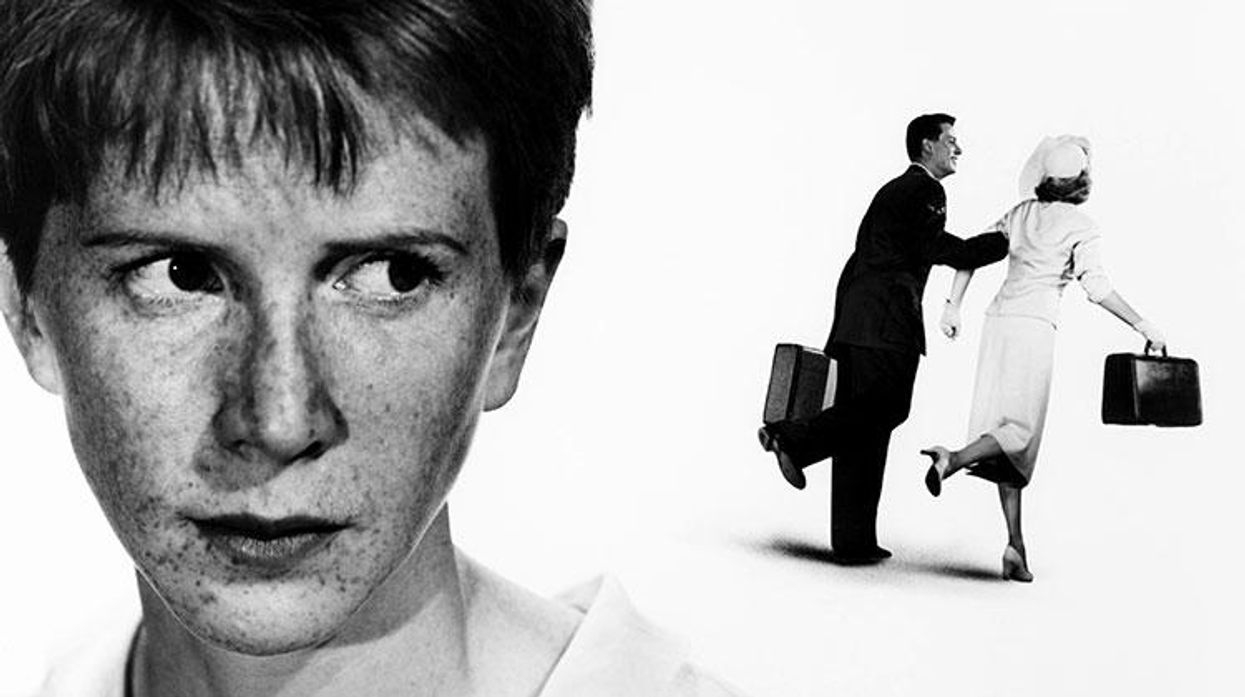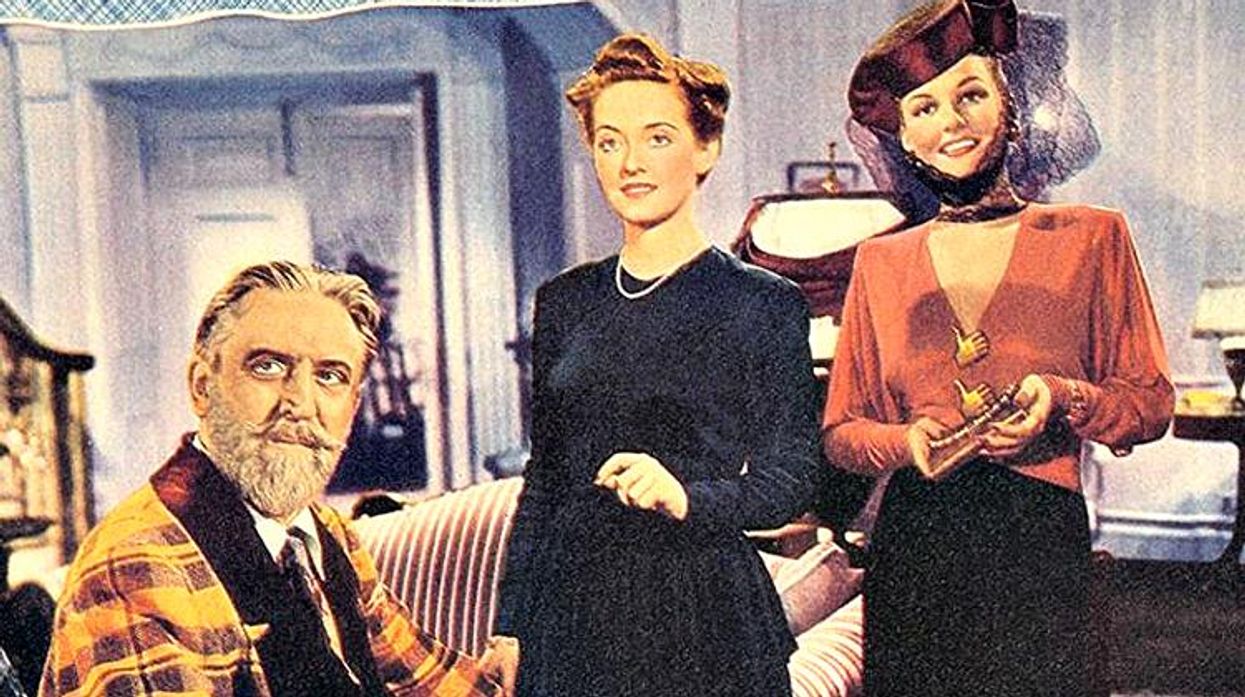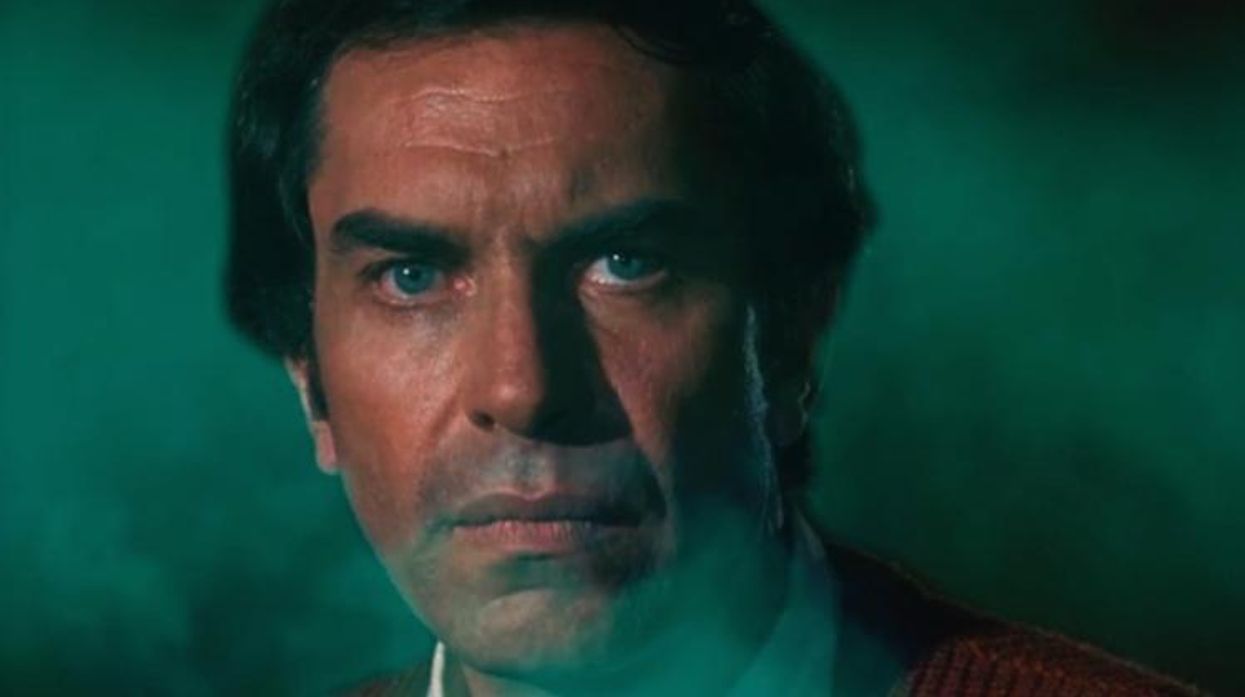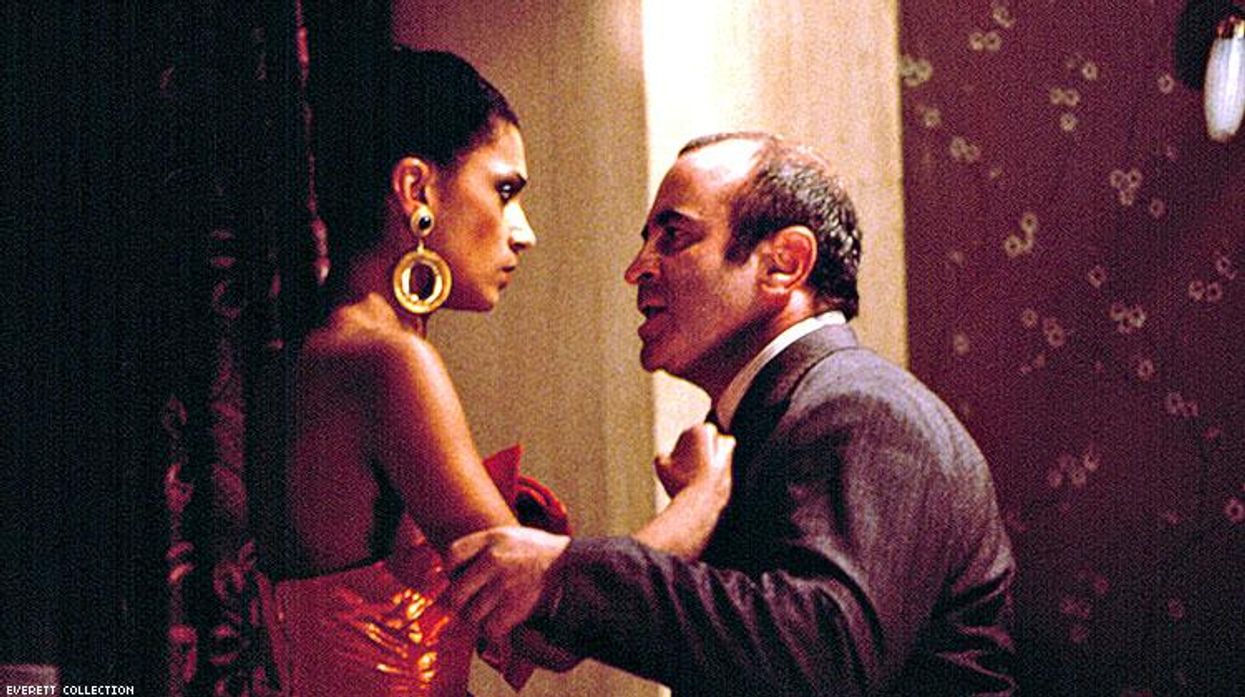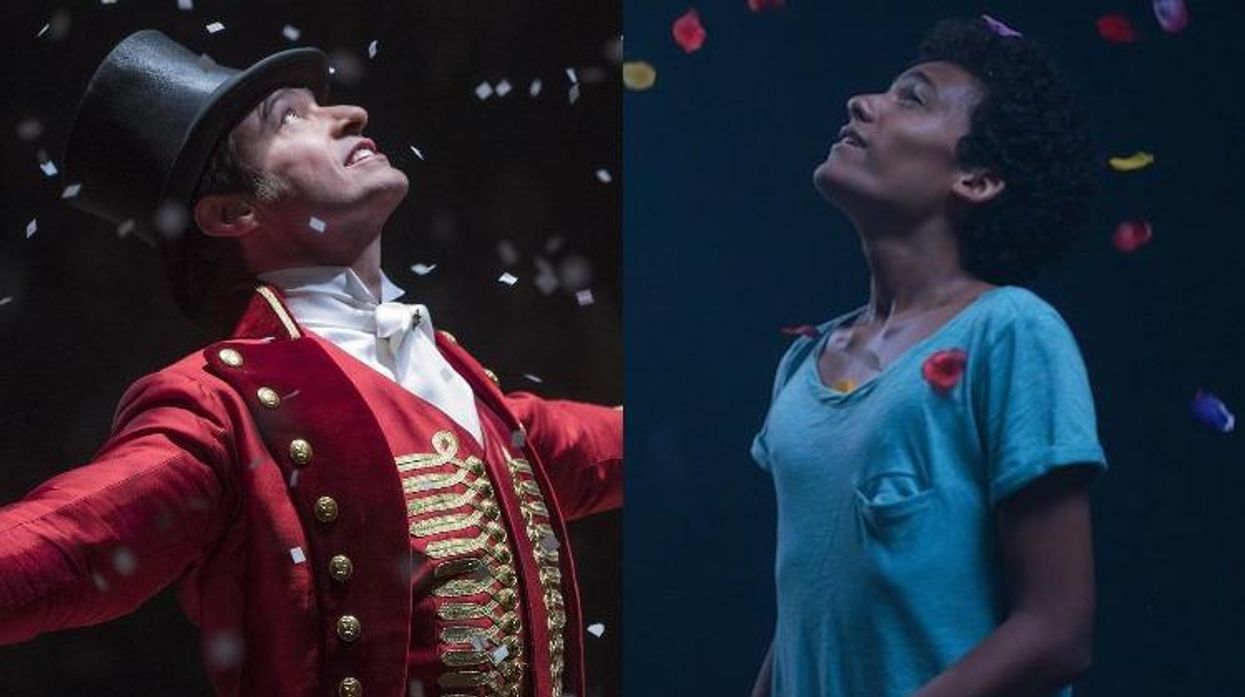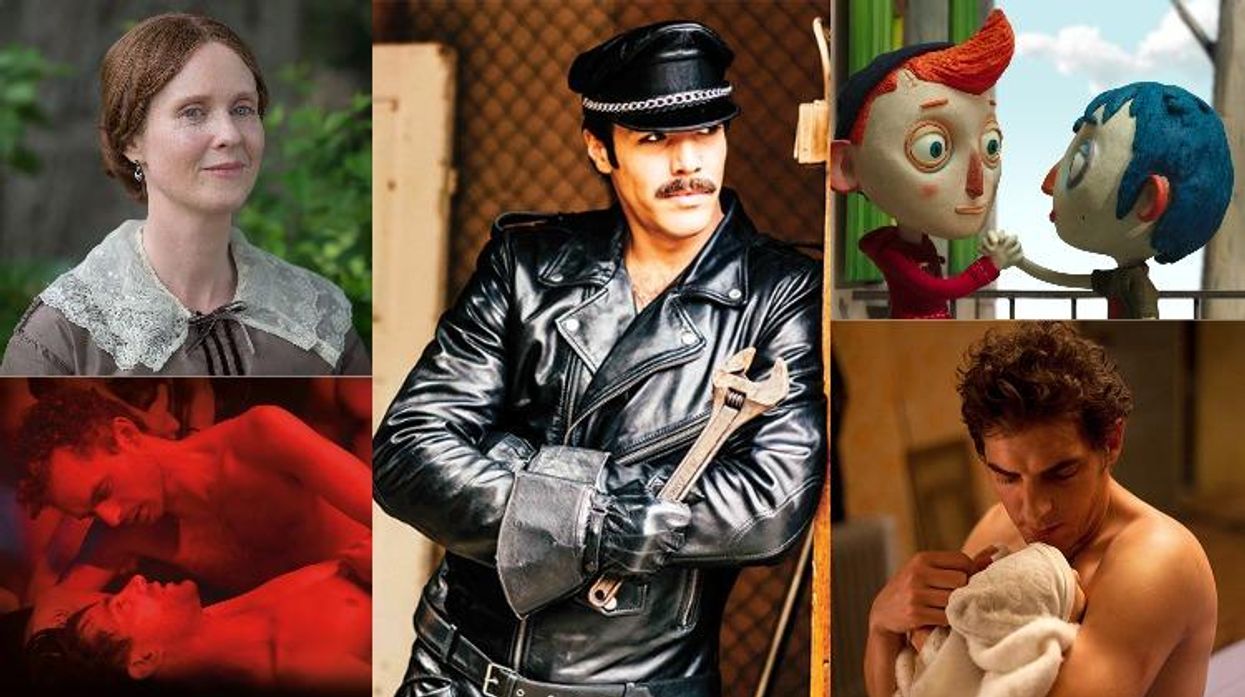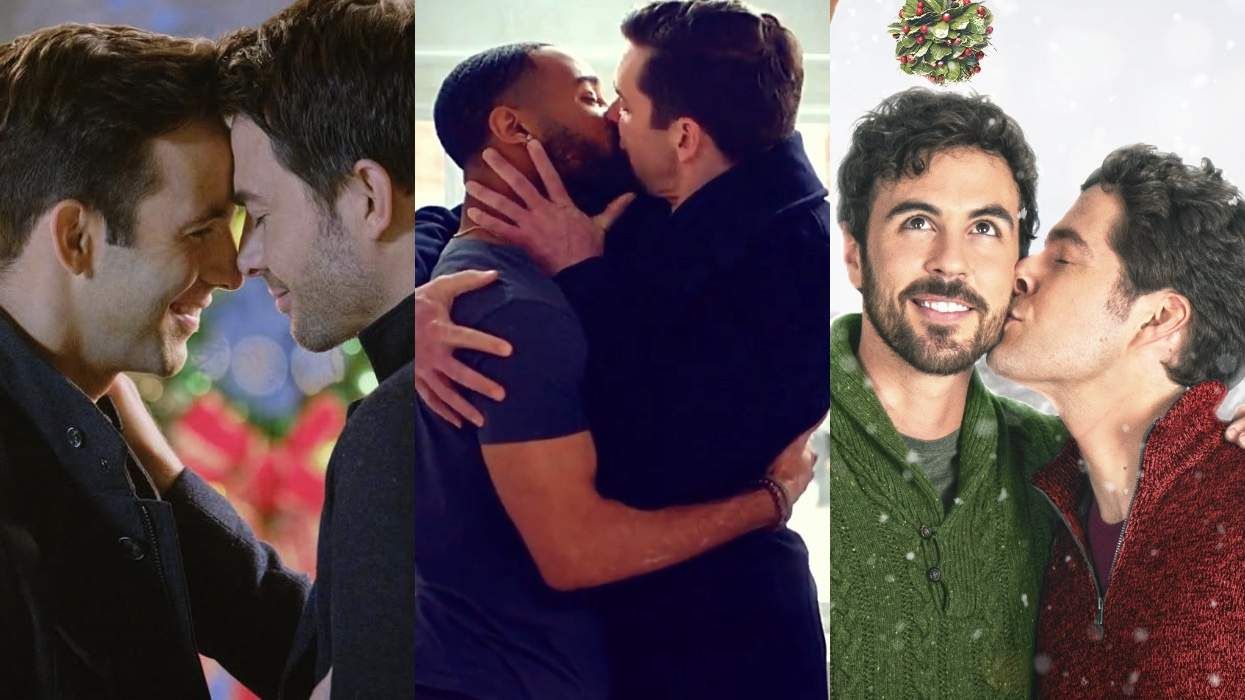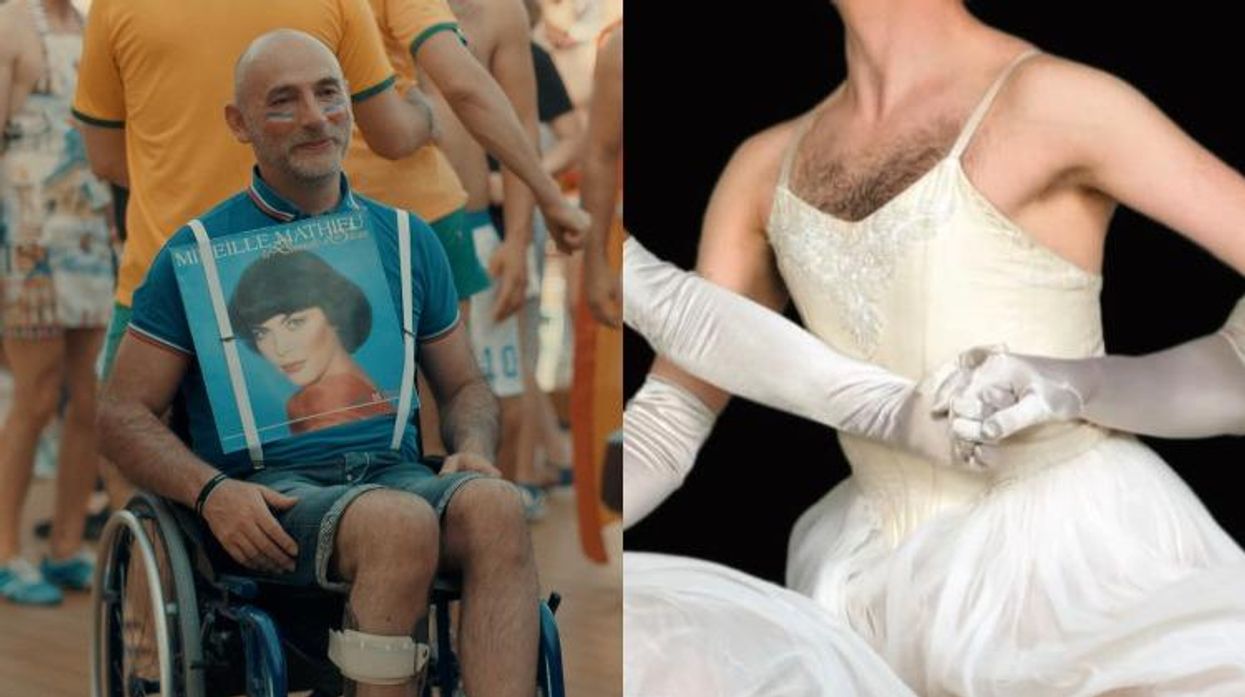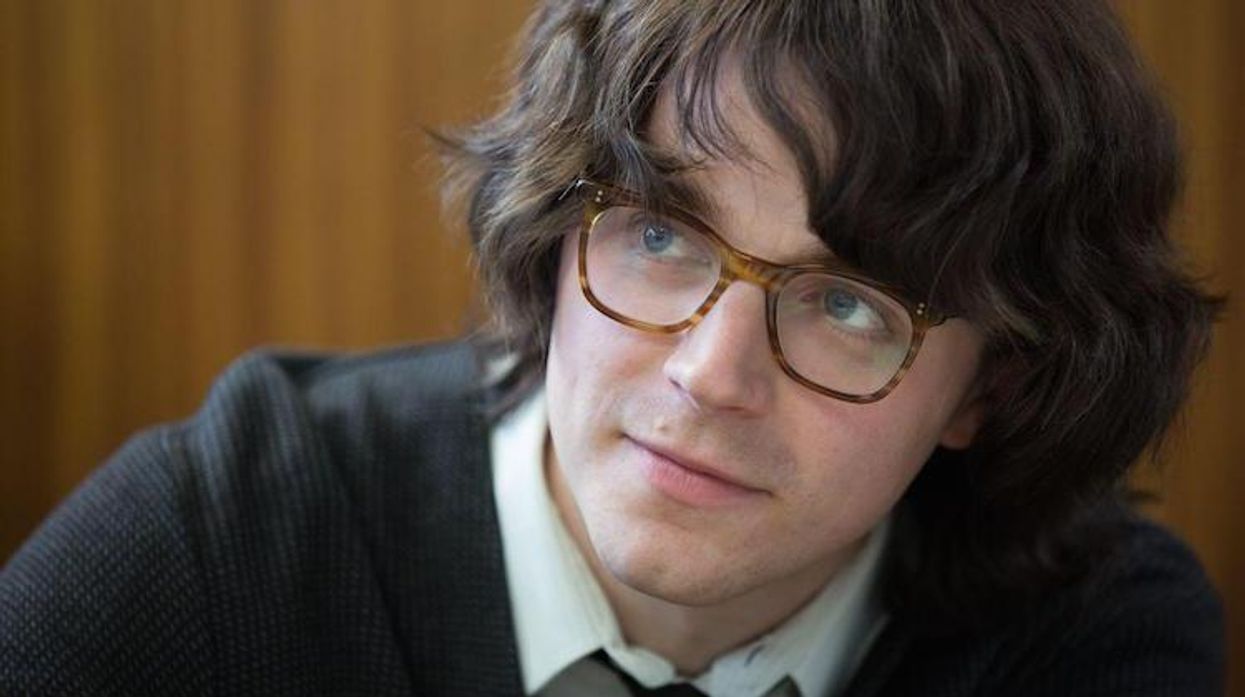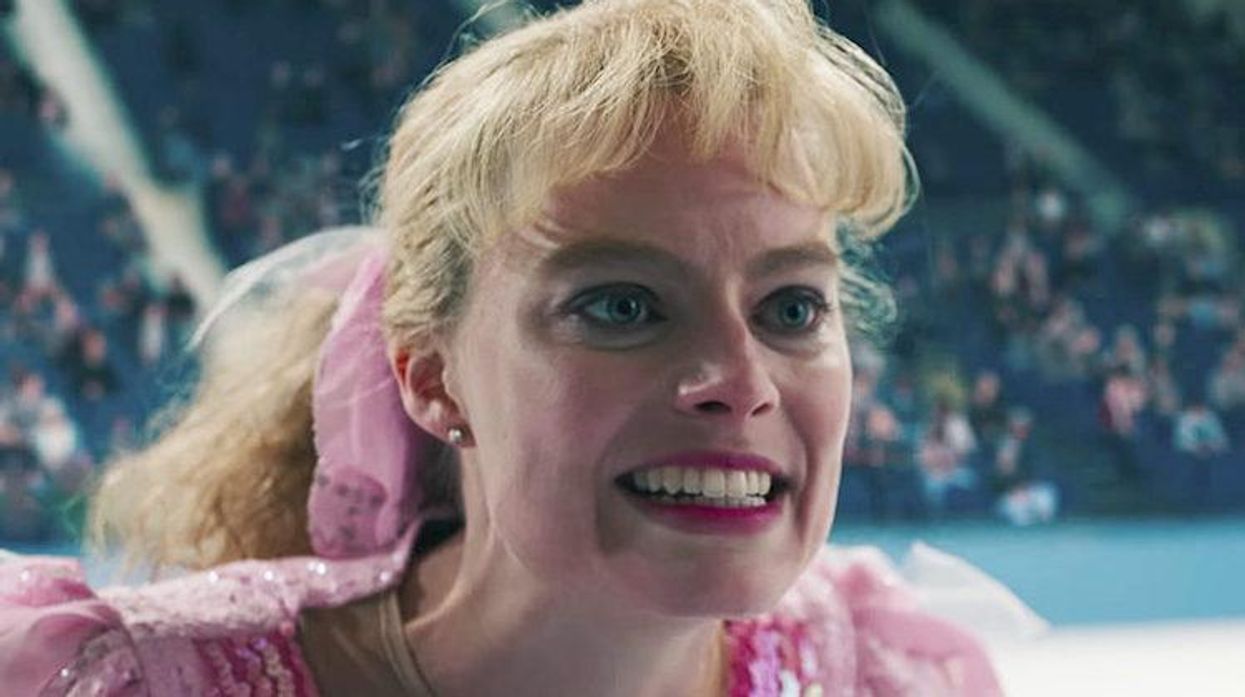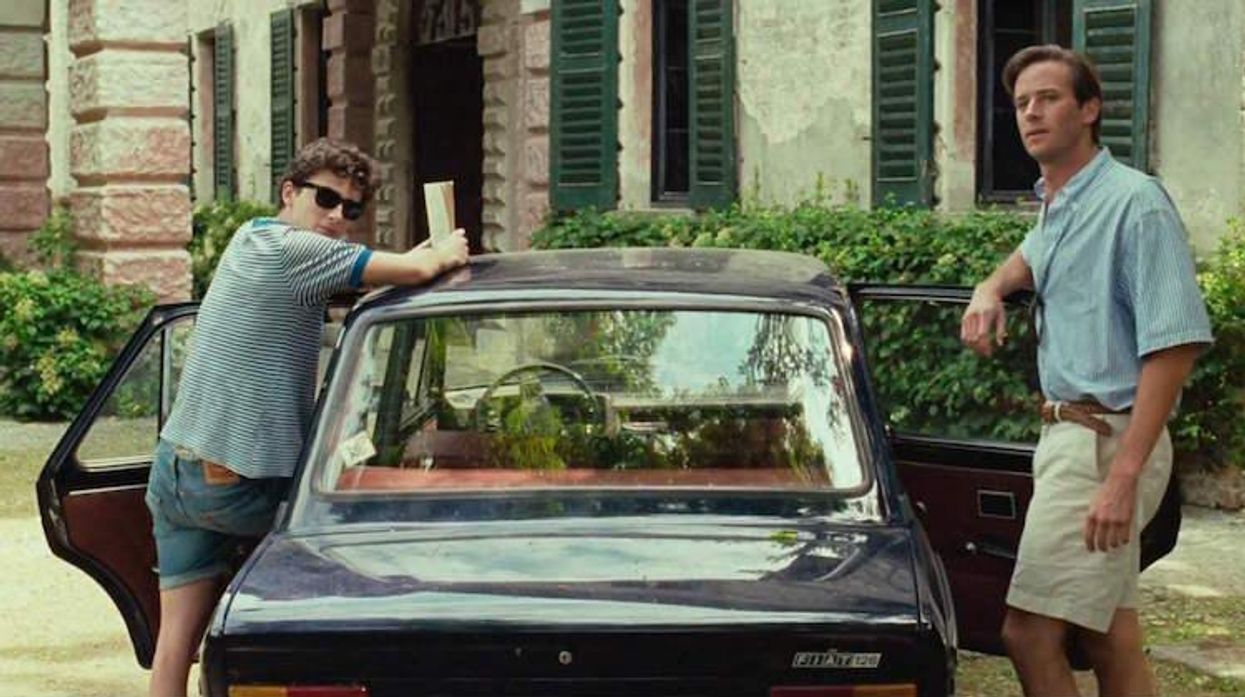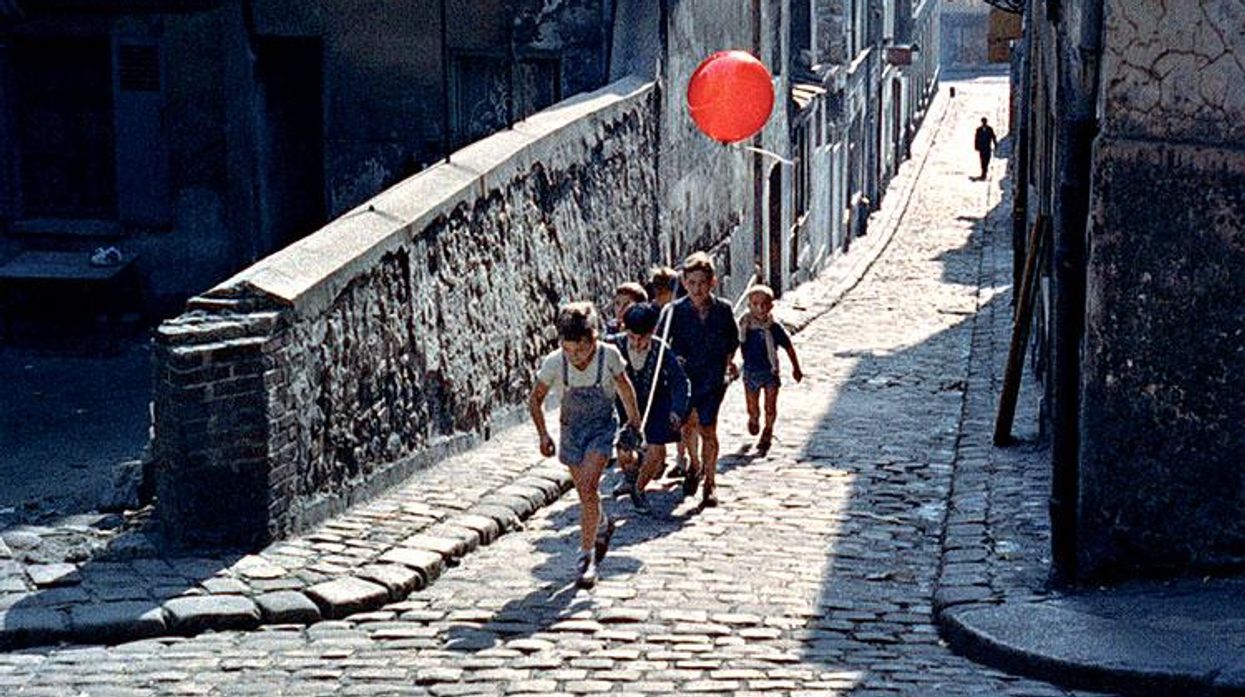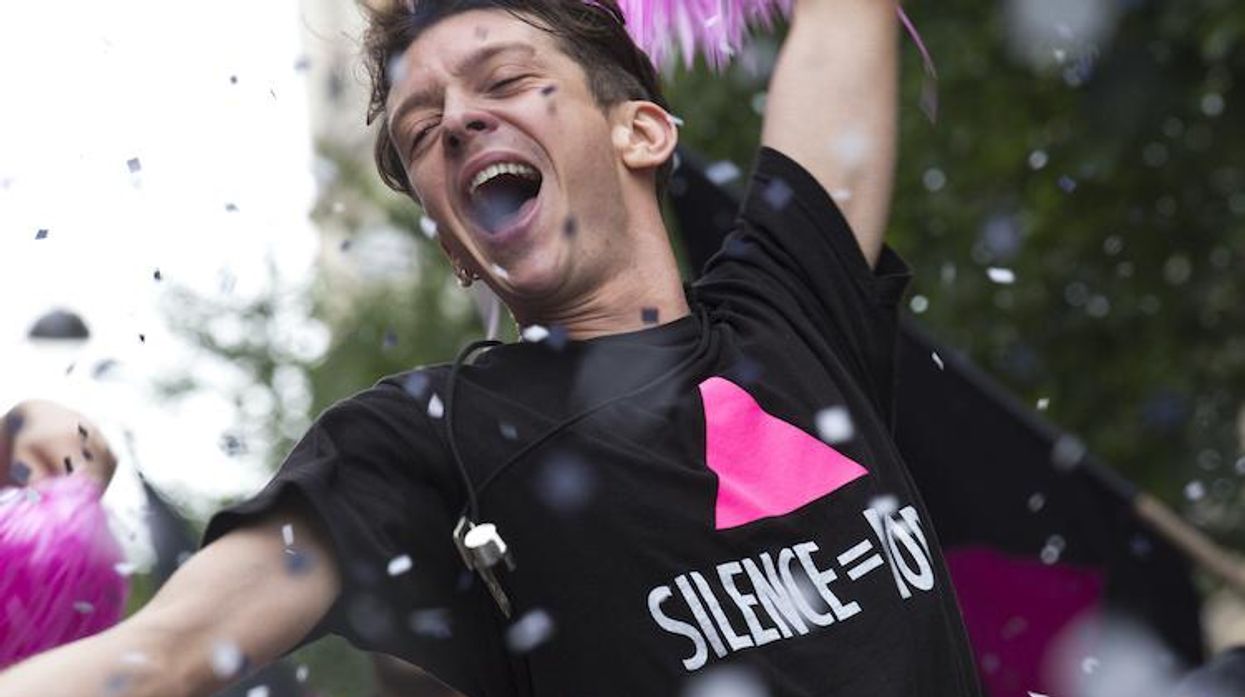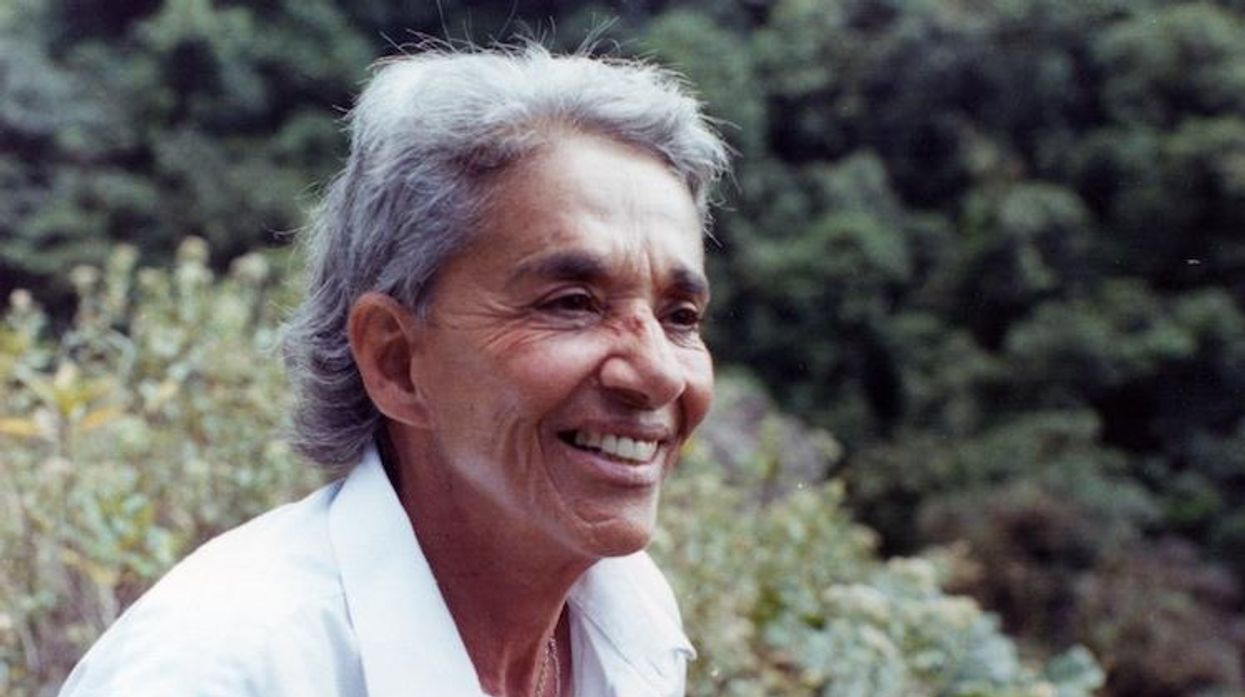"My only wound is Frantz," says French Army veteran Adrian (Pierre Niney) about the German soldier who was killed in combat during World War I. Because this declaration appears in gay director Francois Ozon's new film Frantz, it sounds like an intimate sexual revelation. But Ozon, typically, is not so obvious.
Frantz seems more solemn than other Ozon caprices (The New Girlfriend, Young & Beautiful, In the House, Ricky) but this film also plays with your expectations. Adrian does more than pay respect to a fallen soldier; when he travels to Frantz's gravesite in Germany, and visits the grieving family, Frantz's fiancee Anna (Paula Beer) falls in love with him. Ozon goes from elegiac melodrama to heterosexual romance.
But don't think Ozon has lost confidence as a gay filmmaker and sold-out. Because he's an artist, Ozon uses gay sensibility to transform a not-so-traditional period love story (based on Ernest Lubitsch's 1933 Broken Lullaby) into an ever- deepening meditation on the meaning of love.
Frantz flips that old Hollywood irony of gay filmmakers disguising their inclinations behind the emotional and stylistic flourishes of heterosexual stories (women's pictures). Ozon's elegant, period atmosphere is sexually discreet but not restrained--in fact, during flashbacks of Adrian and Frantz dancing with women in a ballroom (bachelor hijinks that recall the close friendship of Oskar Werner and Henri Serre in Truffaut's Jules and Jim), they yet keep intense eye-contact with each other. Homosocial customs of a century ago are depicted modestly--not as a political statement but with a frankness and sensitivity that makes recent all-out gay films such as Akron, Those People and Moonlight appear timid, closeted and weak.
In Frantz, Ozon dispenses with the storytelling and political conventions of most gay films--in fact, he teases them in profound ways. During a battle scene, Adrien and Frantz are coupled in a trench and after an explosion, Adrian brushes dirt and blood from Frantz's face with a lover's tenderness.
Like the great World War I scenes in Terence Davies' Sunset Song, Frantz feels ceremonial, a lament that honors the dead while also burying gay-film cliches. Ozon connects gay sensibility to the long-honored expressiveness of movies that celebrate romantic grace and agape, big-L love.
That's the significance of the wound Adrian confesses. He and Frantz shared brotherly traits ("a demeanor that is shy and stormy") that usually signify gay behavior. Frantz's father presents Adrian, a violinist in civilian life, with Frantz's own violin in a case like a coffin. The gift combines gratitude and bereavement. Frantz's black-and-white photography (by Pascal Marti), resembles a polished black and silver casket, but occasionally shifts into faintly colored flashbacks that suggest still-sensitive memories.
Through the story of Adrian and Anna's grief and shared passion, Ozon discovers means to greater, more universal, gay empathy. Adrian and Anna visit The Louvre to contemplate Frantz's favorite art work--Manet's painting of "a young man with his head thrown back"--Le Suicide. This somber art work complements the influence of the Lubitsch film. Both references to torment reveal what makes Frantz so surprising and so mysteriously profound. It is Ozon's late expression of AIDS mourning and the love ("The need to live for others," Anna says) that survives.


